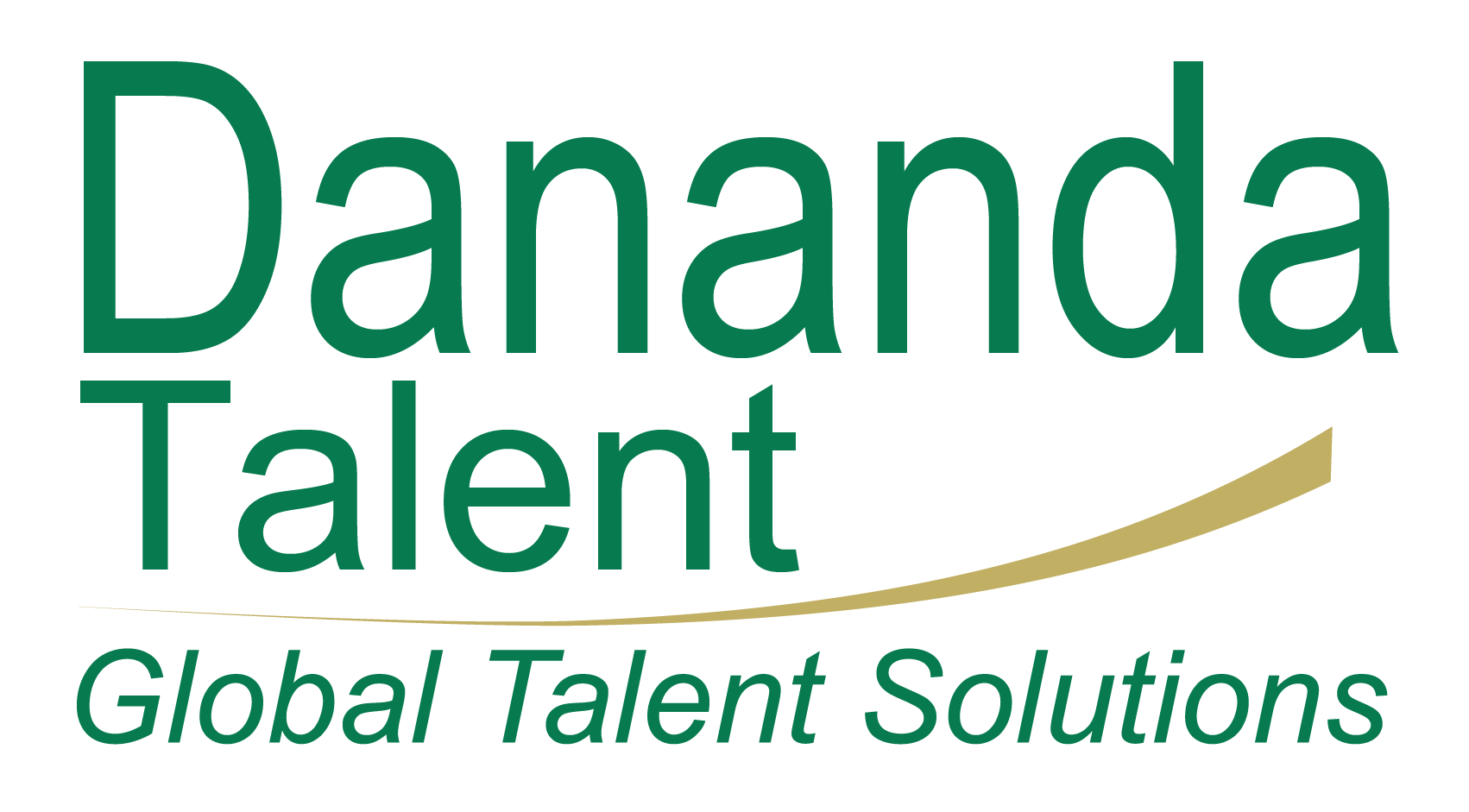Most people apply for jobs. The ones who get remembered adopt the problem. Name the pressure a team is under and propose a credible first move. You stop being a CV in a pile and become a solution with a pulse. Great hires rarely begin at the interview table. They start when someone cares enough to understand the problem behind the post. Solutionist candidates bring curiosity and evidence. Human-centred recruiters create space for that thinking to show. Together, they turn hiring from a transaction into a relationship that lasts and results that stick.
The solutionist mindset, without free labour
A solutionist does not hand over a full strategy for free. They do something more valuable and far more respectful. They learn enough about the business to speak its language, they frame the problem clearly, and they outline a safe first test that can be measured. It is the difference between saying, “I am looking for opportunities,” and saying, “Given your expansion into new markets and the regulatory constraints you have flagged, here is the lever I would pull in week one and why it should move the KPI without adding risk.” On the employer side, a human-centred process surfaces this kind of thinking fairly. Structured interviews and short, job-relevant work samples are among the most predictive ways to assess performance when compared with unstructured conversations. That finding has been repeated across decades of personnel-psychology research.
Interview like a solutionist
Think light research and deep relevance, not a dossier. An hour on public information is enough. Read the company site, a product page or two, a recent announcement, reviews on a third-party platform, and a post from leadership. Then answer standard questions in their context. When asked to talk about yourself, tell a short story that maps your experience to a pressure they have signalled. If their updates show aggressive growth, speak about shortening ramp-up without breaking quality. If customer reviews mention slow responses, explain the bottleneck you cleared and the measurable outcome. When asked why you want to join, show that you have noticed a real constraint such as budget, speed, compliance or legacy systems. Then explain how you would de-risk week one. If they ask for a 90-day view, outline a credible path. Diagnose and ship one low-risk win in the first month, scale what works in the second, then codify the playbook and leading indicators by the third.
Hiring leaders can make this easier and fairer. Share a short context brief, ask every candidate the same core questions, and score answers with a rubric. Add a brief live exercise that mirrors work in the first months. Research shows that structured interviews and work samples consistently outperform unstructured chats for predicting on-the-job results. If you combine them with general problem-solving measures or integrity tests, the signal improves further.
Be proactive when there is no vacancy, and keep it ethical
Many great hires start with a thoughtful note before a role exists. The trick is to stay respectful of boundaries. Work only from public signals. Time-box yourself to thirty to sixty minutes. Share a crisp observation and one safe, measurable test you would try. Then add a permission checkpoint. For example: “Happy to walk through the assumptions on a short call. If a deeper dive would help, we can scope a small paid pilot.” That sentence signals judgement, respects your time, and sets clear expectations. A lightweight example helps. “I noticed sign-ups dip after the pricing change. In week one I would test a progress indicator on the form and one copy clarification that reduces perceived risk. We would measure completion for two weeks, then decide to ship or scrap.” You are not giving away a full plan. You are showing how you think.
Use social to show your thinking
Your social presence can carry much of this without contacting anyone directly. Treat LinkedIn as a working notebook. Share short posts that unpack one KPI and the three levers that usually move it. Record a sixty-second video about a real trade-off you handled. Write a simple vignette that follows problem, action, result, and pin it. Close with an invitation for warm introductions to teams who face that specific problem. Referrals are a significant source of hires in many markets, especially when combined with a fair process that guards for diversity and equity. LinkedIn’s hiring insights continue to highlight referrals as a high-value channel for quality and speed.
Candidate experience is a business lever
Whether you are a candidate or a hiring manager, the way a process feels matters. Clear communication and timely updates influence offer acceptance and strengthen employer reputation. Global candidate-experience benchmarks show that consistent communication, realistic previews of the work, and respectful feedback correlate with stronger advocacy and acceptance outcomes. Treat people well even when the answer is no, and you lift your brand for the long term.
Onboarding makes or breaks time-to-impact
The human side does not stop at an accepted offer. It starts there. A thoughtful onboarding plan creates shared context, sets practical goals, and agrees clear guardrails. The result is faster productivity and better retention. SHRM’s guidance points to higher three-year retention for employees who experienced structured onboarding and highlights improvements in early productivity when the process is done well. It is one of the most reliable ways to protect the investment both sides just made.
Why proactivity still matters in a global market
You do not need to be loud. You need to be constructive. Proactivity is about taking smart initiative in ambiguous spaces. It looks like asking sharper questions, mapping constraints early, and suggesting a small test that respects reality. Meta-analytic evidence links proactive personality to higher pay, more promotions, and better career satisfaction across different industries and regions. That is likely because people who move first tend to learn faster and build stronger relationship capital. Show your proactivity with boundaries. In interviews, ask which constraint bites most right now. In outreach, present one safe test and how you would measure it. In public content, document the kinds of problems you enjoy solving and the lessons you have learned.
Dananda Talent’s point of view
At Dananda Talent, we coach candidates to communicate outcomes without giving away unpaid labour, and we coach clients to assess that thinking fairly. We favour structured interviews, short live work samples, and transparent scorecards. If a take-home exceeds an hour, we recommend compensation. We set feedback service levels so candidates are not left hanging. We also measure success after the offer. Time-to-impact at ninety days, retention at twelve months, and hiring manager confidence all matter, because a great hire is more than a signed contract.
Bringing it together
The human side of recruitment is not soft. It is specific. Candidates earn attention when they frame problems clearly, suggest safe first moves, and respect boundaries. Leaders earn trust when they design fair, predictive processes and follow through with strong onboarding. Meet in the middle and you will not just fill roles. You will build relationships that last.





